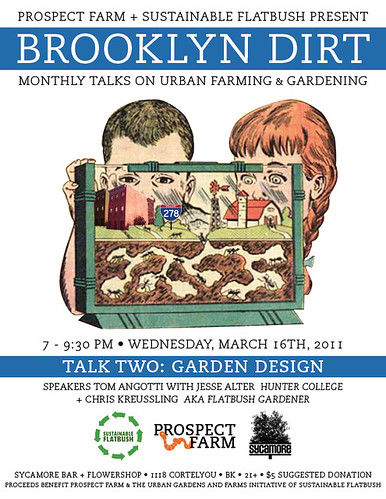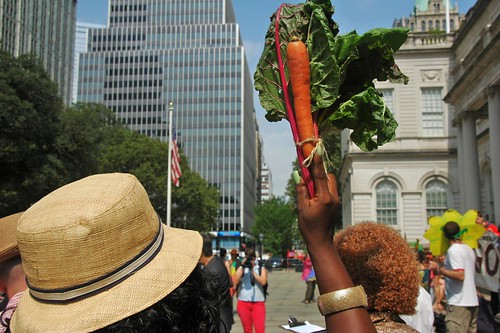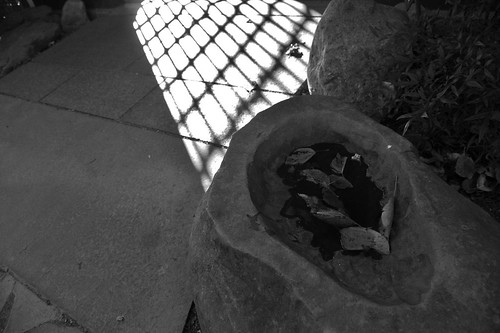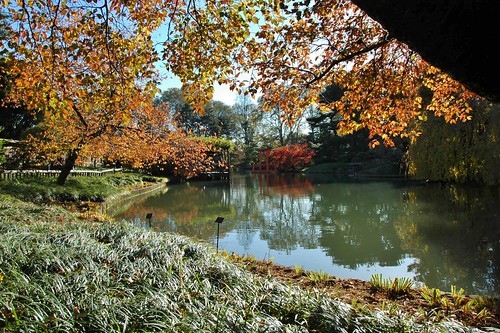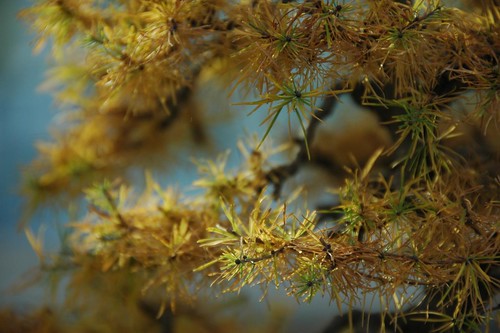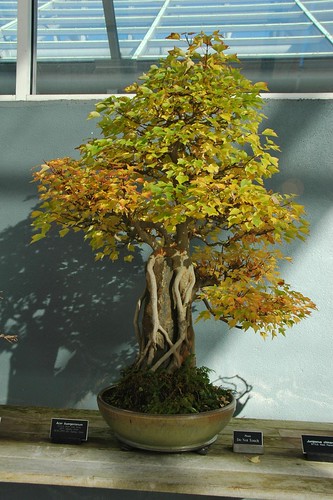The second night of the speaker event series Brooklyn Dirt: Monthly Talks on Urban Garden and Farming is this Wednesday, March 16. The topic is Garden Design.
Prospect Farm and Sustainable Flatbush are proud to present Brooklyn Dirt: Monthly Talks on Urban Farming and Gardening.
Sycamore Bar and Flowershop
1118 Cortelyou Road
Brooklyn, NY, 11218
21 and over only
Directions: Q train to Cortelyou Road
Talk Two: Garden Design
With Speakers Tom Angotti with Jesse Alter (Hunter ) and Chris Kreussling (AKA Flatbush Gardener)
Talk One: Dirt and Soil
Wednesday, February 16, 2011, 7-9:30pm
With Speakers Jay Smith and Chris Kreussling (AKA Flatbush Gardener)
$5 suggested donation. Proceeds benefit Prospect Farm and the Urban Gardens and Farms Initiative of Sustainable Flatbush.
Tom Angotti and Jesse Alter led a group to Cuba in January that studied urban agriculture and organic farming. Tom teaches urban planning at Hunter College and helped start Prospect Farm in Brooklyn. Jesse is a graduate student at Hunter and works at the Center for Cuban Studies in New York.
Chris Kreussling (AKA Flatbush Gardener) is a garden coach with more than 30 years gardening experience in NYC. Chris is also the Director of the Urban Gardens and Farms initiative of Sustainable Flatbush and a community member of the Healthy Soils, Healthy Communities advisory board, a project of the Cornell Waste Management Institute, and earned a BBG Certificate in Horticulture, 2009.
Sustainable Flatbush brings neighbors together to mobilize, educate, and advocate for sustainable living in their Brooklyn neighborhood and beyond.
Prospect Farm is a community group in Windsor Terrace, Brooklyn that is working together to grow food in a formerly vacant lot, with the mission toward creating a Community Supported Agriculture (CSA) Farm that can serve our community. Prospect Farm is the community leader for the Kensington/Windsor Terrace neighborhood group for the Brooklyn Food Coalition.
The ground-breaking at Prospect Farm, initially called Windsor Farm, on March 31, 2010.
The facade of the newly opened Sycamore Bar and Flowershop on September 13, 2008.
[goo.gl]
Related Content
Brooklyn Dirt, 2/16, Sycamore Bar and Flower Shop
Windsor Farm Breaks Ground, 2010-03-31
Sycamore, September 15, 2008
Links
Prospect Farm
Urban Gardens and Farms Initiative, Sustainable Flatbush
Sycamore Bar and Flowershop

